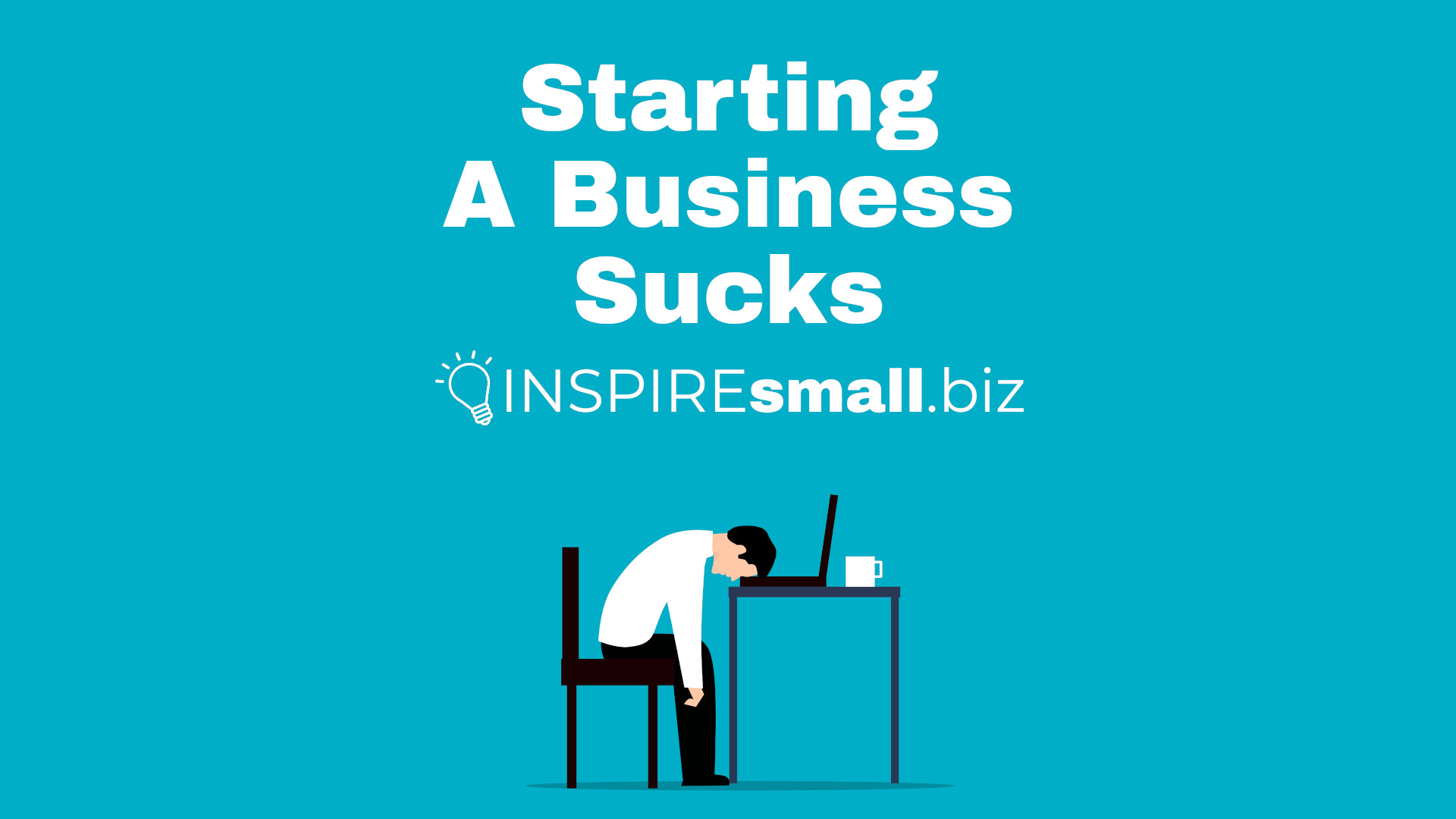Having a unique brand is just as important to your small business as it is to larger entities.
Successful businesses, both large and small have created a brand that connects with their customers. Their brand also keeps those customers coming back over and over again.
While most small business owners understand that branding is important to the success of their business, many do not fully understand why it’s important.
Why branding is important
Branding not only separates you from the competition, it creates a deeper relationship with your customers. Your brand takes on an identity which forms a deeper connection with your customers, which creates trust. Think of your brand as becoming your customer’s new best friend. Forming that deeper connection results in more repeat customers and more likely they’ll refer others. An added advantage to building a strong brand is that your pricing structure. Customers are looking to do business with someone they trust, and your brand is that relationship. Customers who are seeking to do business with someone they trust are less likely to be motivated by lower prices.
Creating a brand is more than just finding the perfect name, and designing an awesome logo. Your brand is the heart of your business. A great brand represents the heart and soul of your why you’re in business, what you’re passionate about and something that nobody else can be, uniquely you. To create your own effective brand, ask yourself these questions.
What are you passionate about?
Think about your passion, why did you decide to go into business in your industry? Most of us went into business for ourselves because we felt strongly about something. What are you able to do better than your competition?
Example: Meet Mark, he has worked in the construction industry his entire career. He has worked with several large contractors working on every aspect of building and renovating homes but especially likes roofing. He took pride in his work, knowing everything was installed correctly. Mark became frustrated with the number of roofing contractors who were taking advantage of their customers by using inferior products, poor workmanship or not finishing the job properly. Finally, Mark decided that he wanted to go into business for himself so he could help his customers and peruse his passion.
What products or services do you offer?
Consider the products and services you offer, what value are you bringing to your customers? How do you meet the needs of your customer or improve their lives? Why do your customers need the products or services you provide? What do you see when your customers purchase your products or services?
Example: Mark’s brand Seco Roofing, keeps homes dry with quality roofing services. Everything installed by Seco Roofing is done by a professional tradesman passionate about good workmanship and promptness of response. Mark has learned that most of his customers call him in an immediate time of need. He knows that his customers are facing an immediate need for his services.
What’s your mission statement?
Define a mission statement. Your brand’s mission statement is the summary of your values, goals, and dedication to your customers as well as the products or services you provide. Your mission statement should be relatively short and give the reader a complete view of your brand.
Example: Seco Roofing provides outstanding service. We are committed to education for our team on the most up to date techniques. We believe that a job is not complete until life is back to normal for the customer and we stand behind every product we install.
Who’s your ideal customer?
Determine your ideal customer. The foundation for building your brand is to determine the targeted audience that you’ll be focusing on. Specialize within your industry to appeal to your target audience. Specializing also allows you to focus on the parts of your business you enjoy most and transforms competition into partnership opportunities.
Example: Mark determined that his best customers were homeowners who are looking to replace their roofs, usually after a severe weather event such as hail, ice or wind damage. Mark prefers homeowners who are working with an insurance company because it means that the customer is more likely to get started right away and that Seco Roofing will be paid promptly upon completing the project.
Who is your competition?
Research other brands within your industry. It is important to know about other brands and what methods they are using to reach customers. Don’t imitate what they’re doing, however, you can observe from an outside view the methods that have better rates of engagement.
Example: Mark frequently checks out other roofers in his area to see how they’re reaching customers. He notices another local brand uses Facebook to raise awareness and offer tips about caring for your roof and what to look out for when choosing a roofer. Mark likes the idea of getting his name out there on social media because one day, homeowners will need his services.
What are the benefits of your products or services?
Outline your brand’s qualities and benefits. Clearly define what stands out about your brand and the products or services you provide. Emphasize the traits your ideal customer best responds to, give them a reason to only trust your brand not only for this purchase but for many to come.
Example: Mark believes that a job well done is a job done well the first time. Mark knows that most of his customers are in immediate need of his services, so he focuses on educating his customers on the products used and the process of installing a new roof. Mark also knows what a nightmare finding stray nails can be, so he makes a point to promise homeowners that every nail is recovered and all trash is picked up before his team leaves the job.
Once you’ve answered these questions…
- Design a meaningful logo. Your logo will appear on everything that relates to your brand. It will become your identity, the visual recognition of your brand and your mission. Create a logo that is easily identified, even without any text published. Keep a copy of your logo in multiple formats and sizes, as well as your logo’s color palette for consistent branding.
- Find our brand’s voice. Your voice should complement your brand’s values and mission. Keep it personal with your customers so they always feel their business is always important but keep it consistent across all methods of communication and marketing. Your brand’s voice should take on a personality of its own. After all, you are at the heart of your brand!
- Craft your elevator pitch. Now that you’ve created your brand, printed business cards and brochures and launched your website, its time to get your name out there. Make your elevator speech interesting but brief, you’ve only got a few seconds to capture somebody’s interest. Your elevator speech should define what you do, but encourage them to act immediately.
A solid brand building process can transform your business into a success. You’ll discover that your customers will develop a deeper level of trust for your brand, and be more likely to purchase what you are selling. Develop a consistent message and visual identity to reinforce your mission. Integrate your brand into every aspect of customer experience: from your store or office, to your website and to your personal interactions! It can be done when you build your brand today!
This blog was updated from a version originally published on HenryMG.com on December 21, 2016.



